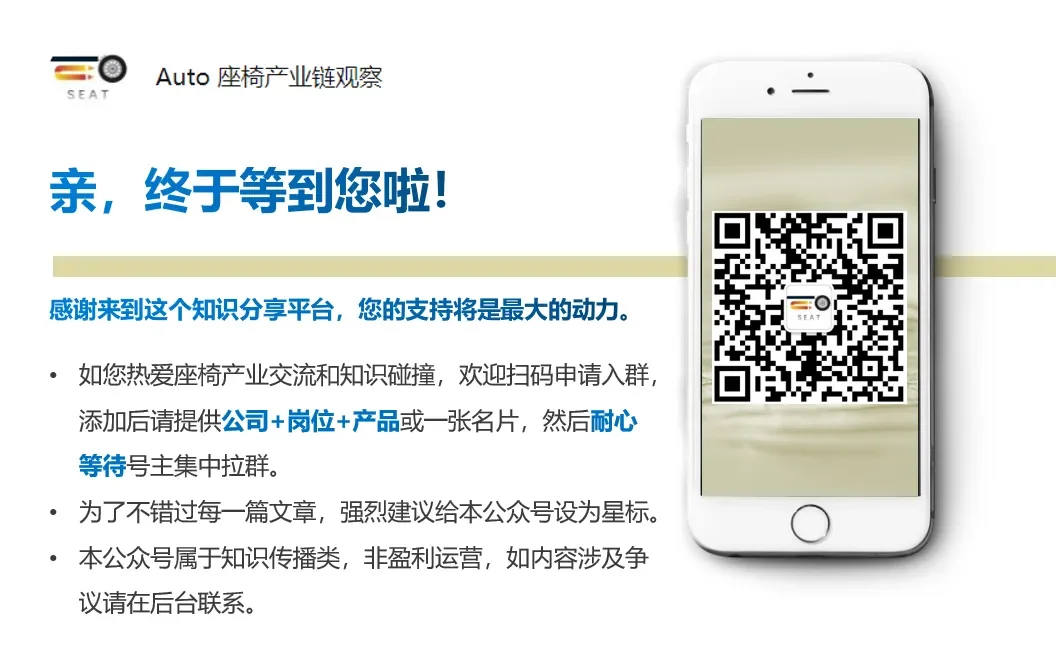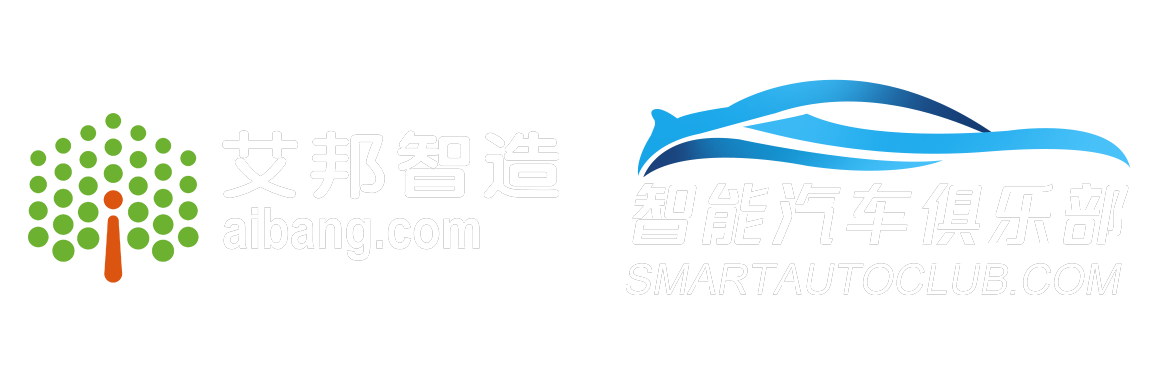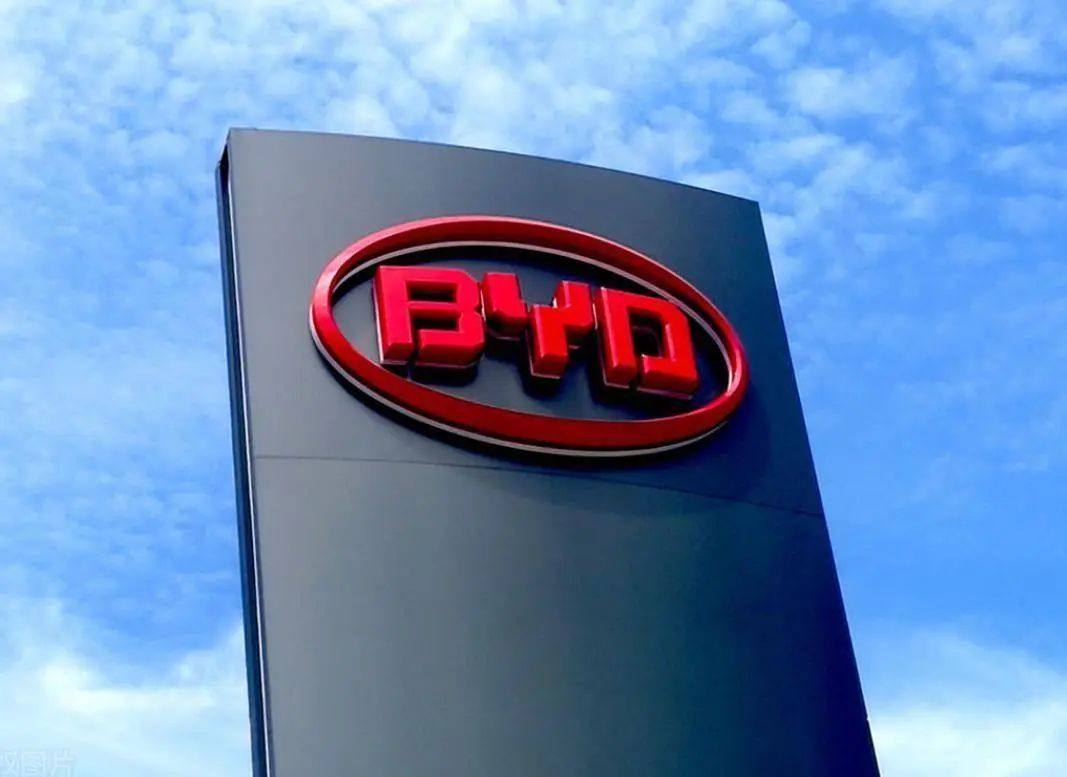
听说过Tier 1厂商投建内饰面料工厂,但有听说过主机厂做这事吗?
我曾经在B站发布一个视频《荣耀出击的比亚迪,自主生产座椅走到哪一步了?》,留言区有句高亮评论:
“BYD要继续进取,力争把轮胎和玻璃产业线拿下,争取汽车产业链全部自给自足。迪子,能做到吗?”
可见比亚迪自主开发全产业链是有多么的深入人心。
进入今天主题,首先科普下表皮的定义。表皮属于汽车用内饰面料中的一种,内饰面料是指应用于座椅、门板、仪表台、顶棚等汽车部件的中的包括纺织物、真皮、人造革等材料,其中真皮、人造革归类为表皮。
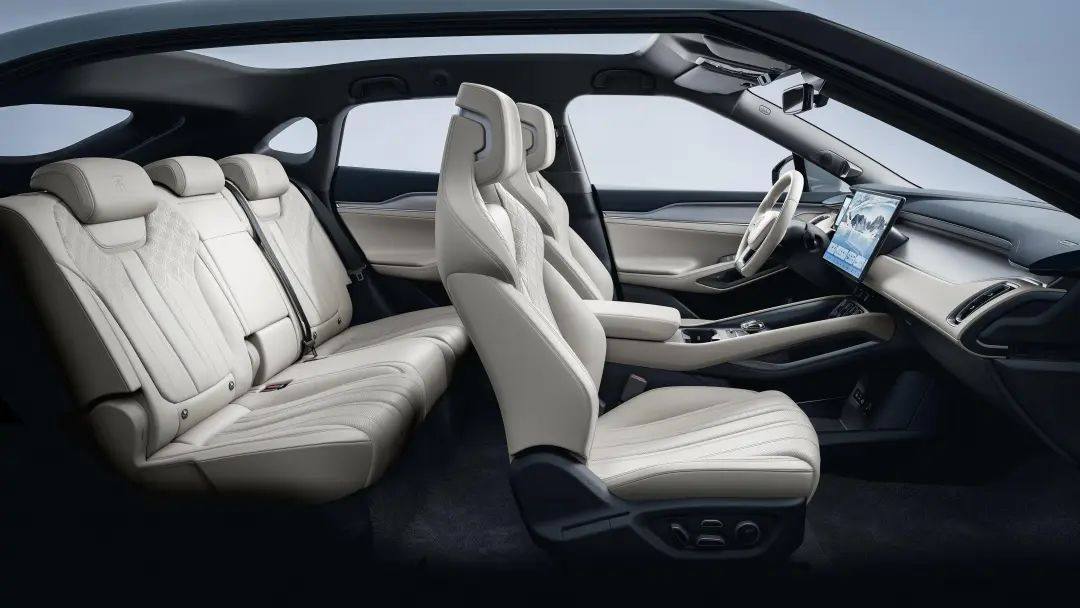
那么比亚迪投建内饰表皮工厂的动力在哪?
据了解,比亚迪每年表皮的采购量达十几亿元以上,金额数量庞大,有很大的降本操作空间。原来的表皮供应商有安徽安利、天守超纤、明新旭腾、南通南亚、苏州瑞高等,其中XX已经在新项目中正式出局。
比亚迪号称20万元以下汽车拥有绝对的定价权,靠的就是对于核心三电技术和供应链掌控的自信心,而供应链光靠压榨供应商利润总有一个尽头,想要继续下探成本,自主生产是不得已的选择。
比亚迪的表皮工厂选择投建在江西抚州产业园。抚州基地是比亚迪接手原来破产重整的江西大乘汽车工厂,是比亚迪第五座整车制造基地,主力生产海豚、海鸥、元、e2、e3、EQ等系列车型,年产能设计在20万辆以上。同时抚州也投建了弗迪动力电池生产基地、弗迪座椅生产基地。
比亚迪表皮项目于今年5月份正式启动,项目投资了10亿元,原计划攻克PU表皮、超纤、麂皮绒,由于技术有限,目前暂停了超纤、麂皮绒项目,专供PU表皮项目。
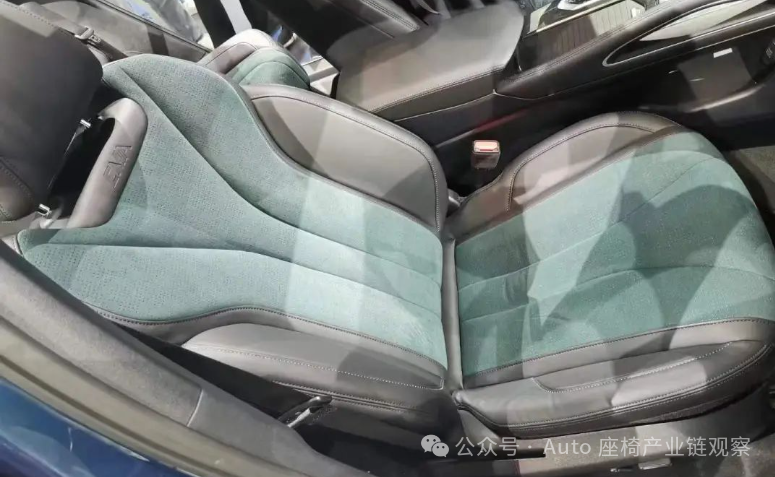
麂皮绒在座椅上的应用
据悉,由于开发团队没有专业的表皮研发背景,以整车开发的思路在捣鼓PU表皮,导致一系列问题例如前期竞标的设备并不对版等,目前该项目进展的并不顺利。
如果最终该项目能攻克技术难关,乐观预计比亚迪在PU表皮上能形成产值30-40亿规模,以行业通常的10%毛利率计算,一年也有3-4亿毛利入账,相当可观。
不仅如此,传闻比亚迪自主投建的面套工厂也在广州白云、安徽阜阳启动了。面套和PU皮革不同,PU皮革的产业化有聚氨酯配方和表面处理两个技术门槛,面套生产就看线材供应和缝纫机踩的够不够快了,相对来说更容易实现。
目前比亚迪主要的汽车座椅面套供应商有:
湖北静博汽车零部件有限公司:在2022年底接到西安比亚迪的订单后,持续处于满产状态,主要供应秦、宋和海鸥系列车型,据悉月产量能达到4万台套,全年目标超过40万台套,预计全年销售额超过1.5亿元。
重庆友林汽车零部件有限公司:于2022年8月正式投产,拥有3条生产线,设计年产量为15万套汽车座椅面套,现生产的汽车座椅面套主要用于比亚迪、华为等品牌新能源汽车,今年上半年,该公司销售收入达5000多万元,预计今年销售收入达9000万元。
腾美汽车内饰系统有限公司:目前共有柳州阳和、柳东、广州、惠州四个生产基地,月产量可达58000套,集团2020年产值约4亿元(人民币)。
我们都知道,比亚迪正在冲击实现总产量1000万辆(累计)的里程碑目标。能拿到比亚迪大订单的厂商们目前干的热火朝天,可能各地设备都干冒烟了,但夜深人静的时候,是否有感受到未来的一丝寒意?
END
原文始发于微信公众号(Auto 座椅产业链观察):【行业首发】比亚迪自主投建的内饰表皮工厂进展如何了?
With the continuous enrichment of smart cockpit scenarios, passengers spend more and more time in the cockpit, putting forward higher and higher requirements for riding experience and comfort experience. When the journey is no longer a short period of time, how to optimize and improve seat comfort? Sex has become an important issue at the moment, and smart car seats have emerged.
As a device that directly contacts the driver and passengers, seats play an important role in user experience and are also one of the factors that distinguish the level of automobile manufacturers. Today's high-end seats incorporate a wide range of applications for seat adjustment or seat movement, seat comfort (dynamic cushions, lumbar support, massage, heating, cooling and/or ventilation, seating assistance and personalized adjustment memory function), seat safety function, seat occupant perception (multiple built-in sensors can provide feedback information to the system).
Due to the additional functions, modern seat modules have become as complex as body control modules and face similar challenges in terms of power supply, communication, sensing, activation and control, and quiescent current. In order to minimize the space requirements, power consumption and quiescent current of the management seat control module, functional integration becomes one of the important design factors.
Therefore, smart car seats contain numerous motor drives and control units, and fabric selection and ergonomic design also need to be considered. The technical threshold is comparable to that of robots.
In order to strengthen industry chain exchanges, jointly promote industry development, and learn about the latest product trends, Abant has established an automotive smart seat industry chain exchange group for everyone. Everyone is welcome to join the group for exchanges and discussions.





